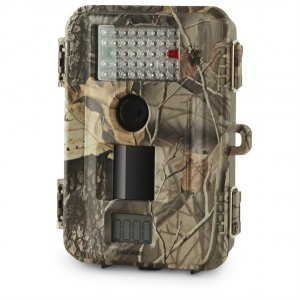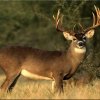The last thing that can help a hunter predict what the deer will be doing during open shotgun season is finding where they go to feed. During the day, deer tend to bed down in an area with food or near food. This is so they can eat and then bed back down quickly to stay relatively hidden from potential predators. These food sources could be like in or near cornfields, bean fields, alfalfa, and oats. Watching for deer moving in or near potential food areas is a great place to sit while hunting. Deer at night are different when feeding to deer in the day. This is because they feel a little less vulnerable and are willing to travel a little farther for some food. This makes it difficult, without a trail camera, to figure out if they are walking on the paths made at night or during the day when they don’t move much. Many hunters don’t have the time in each day to try to figure out how the deer are moving and feeding during the year. That’s where modern technology comes in very nicely.
There is something called a trail camera that is effective at catching when deer are using a certain path. When the camera sensors detect motion, the camera flashes a bright light and takes a picture of the area in front of the camera. Many different animals can set this off, but most of the time a hunter can catch a deer or two in a picture. The time on each picture gives a hunter a relative time when the deer is walking on the path. Checking for how often that deer uses that path can help a hunter determine if a stand should be put on that path or not.
Deer are predictable at a small level on where they could be when hunting season comes around. Trail cameras make it much easier to catch when all the deer are moving so a hunter can hunt during those times. This gives the hunter the best chance at being successful that deer-hunting season.
 Post title...
Post title...
 Post title...
Post title...

 Zach-Rausch
Zach-Rausch